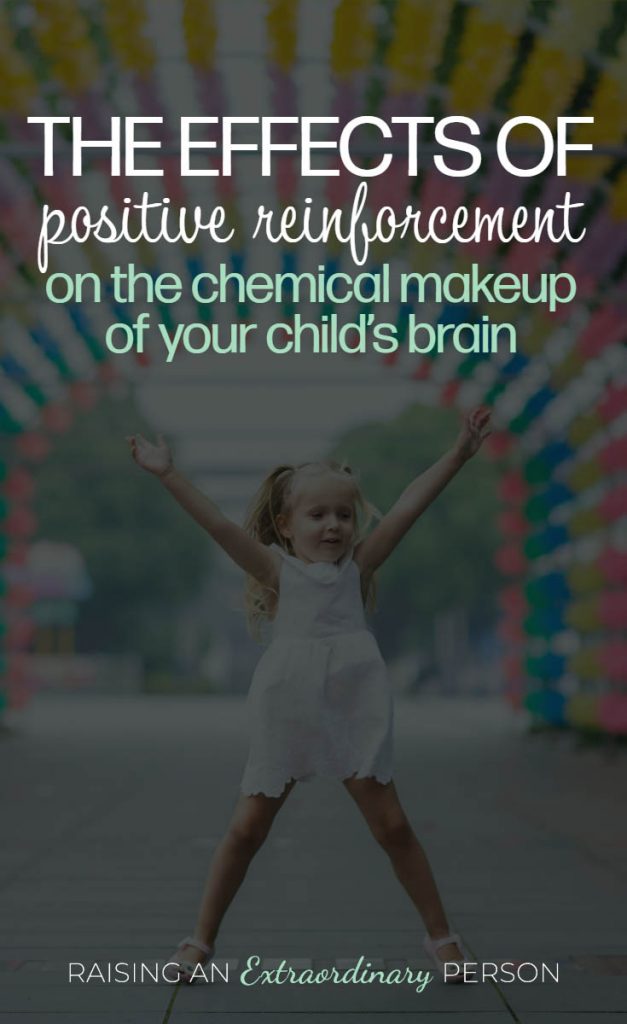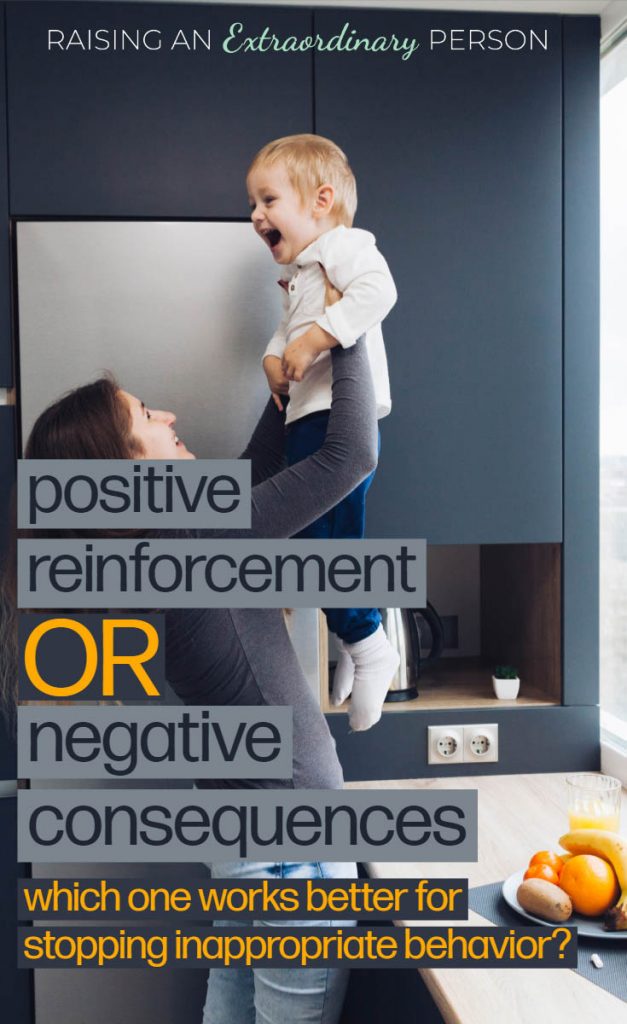Positive and Negative Reinforcement – What’s the Difference?
Have you ever thought about positive and negative reinforcement, and wondered what works better?
With an understanding of how the brain functions, it becomes clear why positive reinforcement works. It’s actually mind-blowing, our brain is an amazing, plastic organ – meaning it is easily shaped and molded.
Knowing how it’s shaped can open up endless possibilities. Basically, the brain is shaped and changed through experiences, this is called neuroplasticity.
How The Brain Works
We have around 86 billion neurons in our brains. Our neurons process and transmit information through electrical and chemical signals.
Between each neuron, there are small gaps. These are called synapses. Synapses pass the information along from one neuron to the next.
When these neurons communicate with each other, they form neural pathways. Neural pathways connect relatively distant areas of the brain or nervous system through a path of neurons.
There are hundreds of millions of pathways in our nervous system. Every pathway in our brain is associated with a particular action, behavior, thought, or experience.
Therefore, every time we think, feel, or do something it activates and strengthens a pathway. The stronger a pathway is, the more likely our brain is going to use that pathway again, and again.
This is how habits form, and why we create routines and have a tendency to do things the same way every time. Our brain finds these things easy to do.
Creating New Habits
You can intentionally form new, healthier habits through this concept of neuroplasticity.
When you focus on doing something a different way, creating a new habit, you are creating new neural pathways. More and more repetition in doing something the new way will strengthen that new pathway.
Over time, the old pathway will become weaker and weaker, and then the new behavior will become natural to you.
We can literally rewire our brains with repeated and direct attention. It’s like beating down a path in the forest. As you walk the same path regularly, the ground is beaten down, and it’s easier to see the path. If you stop using a path, over time, the forest growth will take over, consuming the path, and it will be increasingly difficult to follow that path anymore.
You may be wondering how this relates to using positive reinforcement with your kids, I’m getting to that part.

The Mesolimbic Dopamine System
The Mesolimbic Dopamine System is often referred to as the reward pathway.
This pathway automatically encourages us to seek out activities that are essential to human survival. Food and water, shelter, nurturing, warmth, etc. are essential needs. The reward pathway is connected to the areas of the brain that control behavior and memory.
When the reward pathway activates, the brain becomes flooded with dopamine. Dopamine is a neurotransmitter. In other words, it’s chemical used to carry a message across synapses, from one neuron to the next, along a pathway.
Dopamine makes us feel good, which strengthens that pathway, making us want to do that activity again to seek that good feeling dopamine rush again.

Positive reinforcement feels good, so it causes the brain to release dopamine. This triggers the reward pathway and the neural pathway for the behavior/action/thought. When both pathways are triggered together, it strengthens them even more. This is why positive reinforcement works.
Remember This Quote
Neurons that fire together, wire together.
Donald Hebb
Fundamentally, this is why behaviors that occur at the same time as the reward pathway is activated are far more likely to reoccur. This is also why you always hear people say “don’t reward bad behavior”. They’re implying that rewarding bad behavior activates the reward pathway and reinforces bad behavior.
Reliability & Speed of Reinforcement
The key ingredients to making positive reinforcement work are speed and reliability.
We know why positive reinforcement works – because it triggers the reward pathway. But to strengthen the pathway for the desired behavior – we must make sure the neurons in the reward pathway and the ones in the behavior pathway are firing at the same time.
In order to do this, positive reinforcement needs to be fast, and it needs to be reliable.
Ideally, the positive reinforcement should occur within 3 seconds of the behavior you are enforcing. Positive reinforcement needs to happen every time your child listens so the reward is reliable.
When you quickly and reliably use positive reinforcement for good behavior, you encourage the strengthening of the pathway for that behavior by also triggering the reward pathway.
This results in the brain finding this more pleasurable than the old behavior you’re trying to stop – it naturally wants to do the positive behavior more often.
Over time the pathway to the positive behavior becomes stronger and easier for the brain to do, and the pathway for the negative behavior weakens.

Create A Plan To Encourage Positive Replacement Behaviours
Now that you know why positive reinforcement works, and understand the basics of neuroplasticity, you can create a plan to target specific behaviors and use positive reinforcement to replace them.
1. Set a goal
What is the behavior you want to replace? What do you want to teach your child to do instead? For a replacement behavior to be successful, it needs to serve the same function as the current behavior.
2. Recognize triggers
What triggers make negative behavior more likely to occur? How can you avoid or work around these? Hint it may help to have a bigger reward during triggering situations, depending on your goals (bigger reward = more dopamine)
3. Be attentive to your goal
Have your reinforcement ready. Your reinforcement may just be words, or you may use a physical reinforcer, like a jellybean, or smartie for example, or a checkmark on a chart.
Have your reinforcer ready to go, in your hand, if it is a physical object. Different things motivate different children. You can download this printable positive reinforcement tracker, too.
4. Be consistent
The onus is on you to reliably use the reinforcer every time your child does what is expected of them. When you are consistent in using positive reinforcement your child’s brain will know to expect the reward and it will strengthen that pathway.
Why Does Positive Reinforcement Work Better Than Negative Reinforcement?
Imagine that you’re hungry and there are three meals in front of you.
- Meal One: Your favorite food
- Meal Two: A meal you don’t mind, but feel indifferent to
- Meal Three: Something that you despise
The Mesolimbic Dopamine system is naturally going to encourage you to seek food when you feel hungry. That’s our survival instinct.
Now, imagine you can make one of two choices: either eat the meal you are indifferent to or eat your favorite meal.
Naturally, you will choose your favorite meal, because it’s more pleasurable, and therefore eating this meal floods your brain with more dopamine. Your brain naturally seeks out the most pleasurable experience.
Now, imagine your favorite meal is gone. You have to pick between the one you hate and the one you don’t mind but don’t love either. What will you choose? You are going to pick the one you feel indifferently about. But, the brain isn’t getting the same flood of dopamine anymore. It’s still getting some because your needs are being met but it’s not as pleasurable.
A pleasurable experience is more motivating and creates a stronger neural pathway than avoiding a negative experience does. This is why positive reinforcement works better than negative reinforcement and consequences. Especially, when you are looking to change behavior.
Does Your Child Have ADHD?
ADHD is linked to dopamine deficiency. This is why many children with ADHD have difficulty staying motivated when working towards a reward. Their reward pathway doesn’t work as efficiently as that of their neurotypical peers.
Our body uses omega-3 fatty acids to produce dopamine and consuming enough omega-3 is essential because our body cannot create it on its own. Click here to read in-depth about the connection between dopamine and omega-3 fatty acids.
If your child doesn’t consume enough omega-3 in their normal daily diet, they may benefit significantly from an omega-3 supplement.


